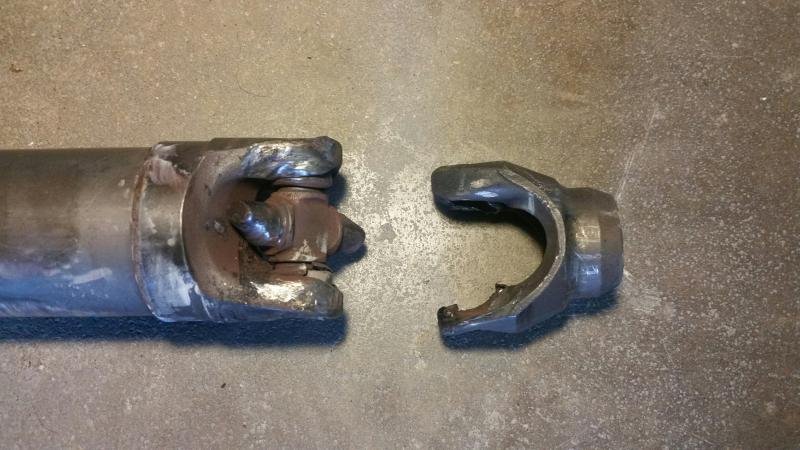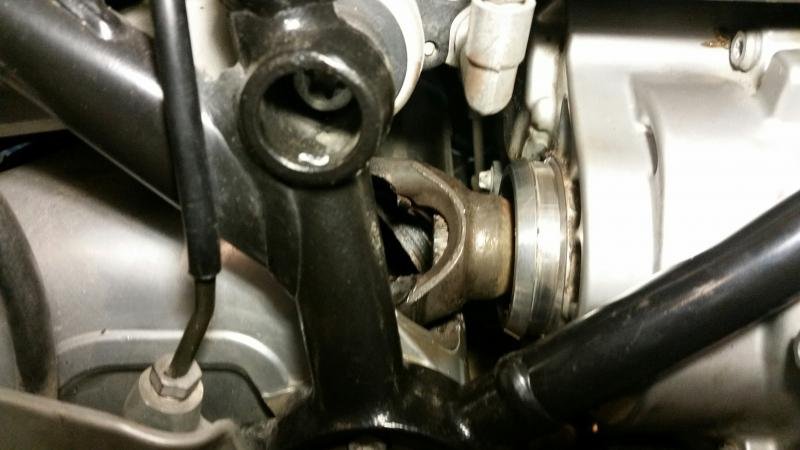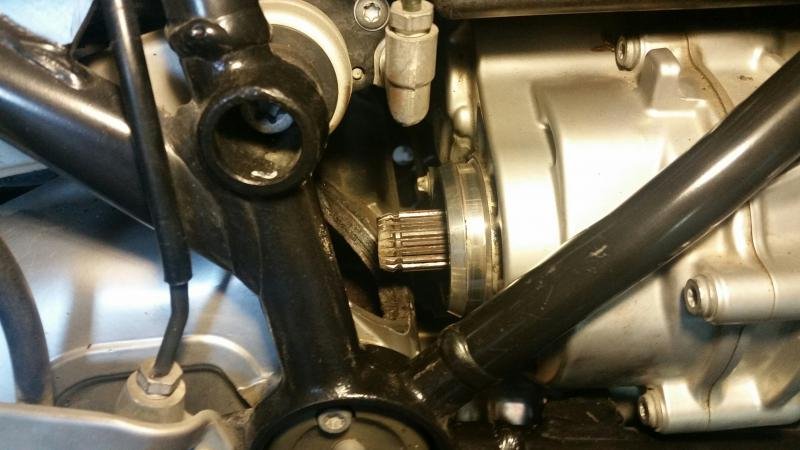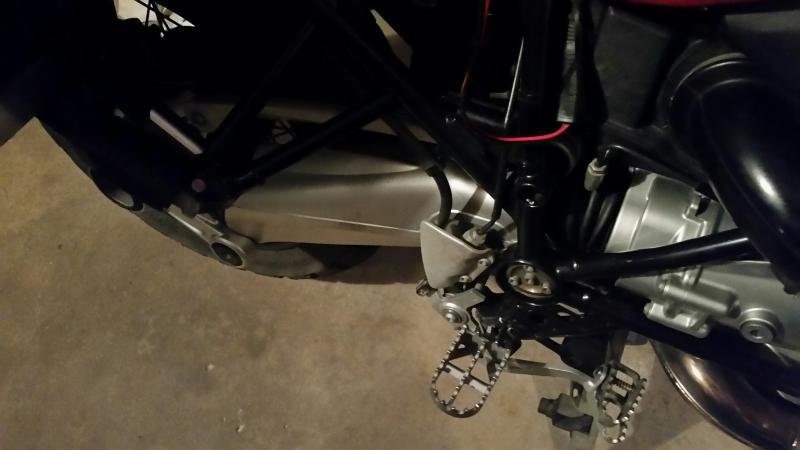TheRock58
TheRock58
Okay, I've officially joined the 'Drive Shaft Failure Club' at 85,000 miles. It looks like a new drive shaft will cost $1,066.05 plus tax......
I have removed the drive shaft; however, I can't seem to remove the remnant from the output shaft on the transmission. Clearly it must be pried off the output shaft. I believe there is a snap-ring retainer that is part of the drive shaft assembly (internal). Is there a special tool that I need?
If you have any suggestions or ideas please let me know, thanks in advance.
I have removed the drive shaft; however, I can't seem to remove the remnant from the output shaft on the transmission. Clearly it must be pried off the output shaft. I believe there is a snap-ring retainer that is part of the drive shaft assembly (internal). Is there a special tool that I need?
If you have any suggestions or ideas please let me know, thanks in advance.
Last edited:












